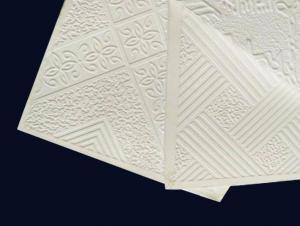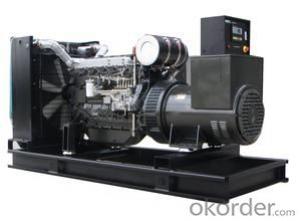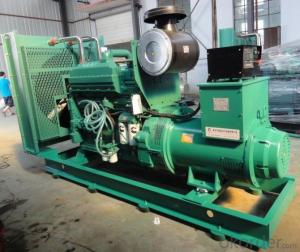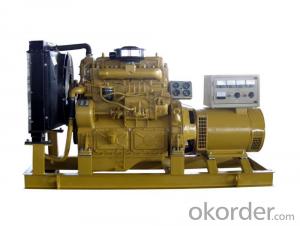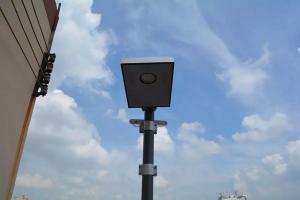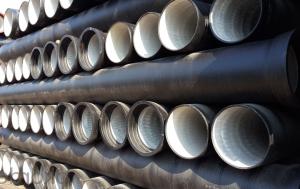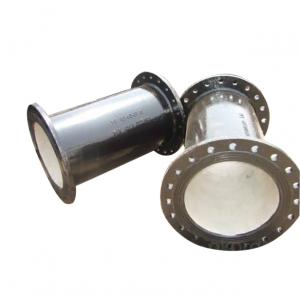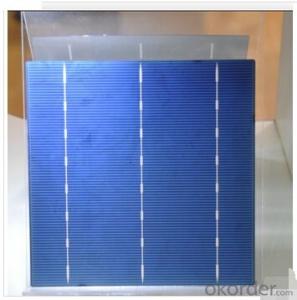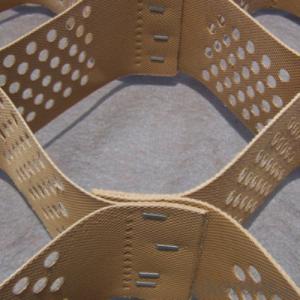List Of All Solar Cells
List Of All Solar Cells Related Searches
Shiny Or Dull Side Of Aluminum Foil For Cooking Inverter For 100w Solar Panel Solar Panel Inverter For Rv Pvc Tiles For Walls Wall Lights For Bedrooms Inverter Ac With Solar Panel Solar Panel With Inverter Kit Solar Panel Kits With Inverter Solar Panel With Inverter Direct Roving For PultrusionHot Searches
Steel Mesh Panels For Sale Price For Stainless Steel Scrap Scrap Price For Stainless Steel Cheap High Tea Sets For Sale Stainless Steel Tanks For Sale High Density Fiberboard For Sale Solar Hot Water Collectors For Sale Scaffolding For Sale In Uae Scaffolding For Sale In Ireland Scaffolding For Sale In Houston Type Of Inverter For Solar Price Of Shipping Containers For Sale Types Of Inverter For Solar Stock Price For Aluminum Used Solar Inverter For Sale Portable Led Signs For Sale Stone Hot Water Bottles For Sale Large Led Screens For Sale Used Aluminum Scaffolding For Sale Steel Mesh Panels For SaleList Of All Solar Cells Supplier & Manufacturer from China
Okorder.com is a professional List Of All Solar Cells supplier & manufacturer, offers integrated one-stop services including real-time quoting and online cargo tracking. We are funded by CNBM Group, a Fortune 500 enterprise and the largest List Of All Solar Cells firm in China.Hot Products
FAQ
- Yes, solar cells can be used for powering irrigation systems. Solar energy can be converted into electricity through solar cells, which can then be used to power irrigation pumps and other components of the irrigation system. This provides a sustainable and environmentally friendly way to meet the energy needs of irrigation systems, especially in remote areas or regions with limited access to the electricity grid.
- The average cost of a solar cell varies depending on factors such as the type of cell, its efficiency, and the size of the installation. However, as of 2021, the average cost is approximately $0.30 to $0.40 per watt for residential installations and $0.20 to $0.30 per watt for utility-scale installations. It's important to note that these costs have been decreasing over the years due to advancements in technology and increased adoption of solar energy.
- The role of trackers in solar cell systems is to maximize the efficiency of energy production by optimizing the positioning of solar panels to track the movement of the sun throughout the day. This allows the solar panels to receive maximum sunlight exposure, ultimately increasing the overall energy output of the system.
- Yes, solar cells can be used in recreational vehicles (RVs). Solar panels can be installed on the roof of an RV to generate electricity from sunlight, which can then be used to power various appliances and systems in the vehicle. This provides a sustainable and eco-friendly way to generate power while on the road.
- Leaf litter can have a negative impact on solar cell performance as it can block sunlight from reaching the cells, reducing their efficiency. Additionally, if the litter accumulates and covers the cells, it can hinder their ability to convert light into electricity. Regular cleaning and maintenance are essential to ensure optimal solar cell performance.
- Yes, solar cells can definitely be used in art installations. They can be integrated into various artistic mediums and designs to provide a sustainable and visually stunning source of energy. This allows artists to create interactive and eco-friendly installations that promote renewable energy and environmental consciousness.
- Yes, solar cells can be used in space stations. In fact, they are commonly used to provide power to space stations by converting sunlight into electricity.
- Solar cells may be affected by high levels of electromagnetic interference (EMI) in areas where strong electromagnetic fields or radio frequency signals are present. EMI can disrupt the normal functioning of solar cells, leading to reduced efficiency or even complete failure in extreme cases. To overcome this issue, it is important to employ proper shielding and grounding techniques to minimize the impact of EMI on solar cells. Additionally, advanced designs and technologies are constantly being developed to enhance the EMI tolerance of solar cells, ensuring their optimal performance even in areas with high levels of electromagnetic interference.








